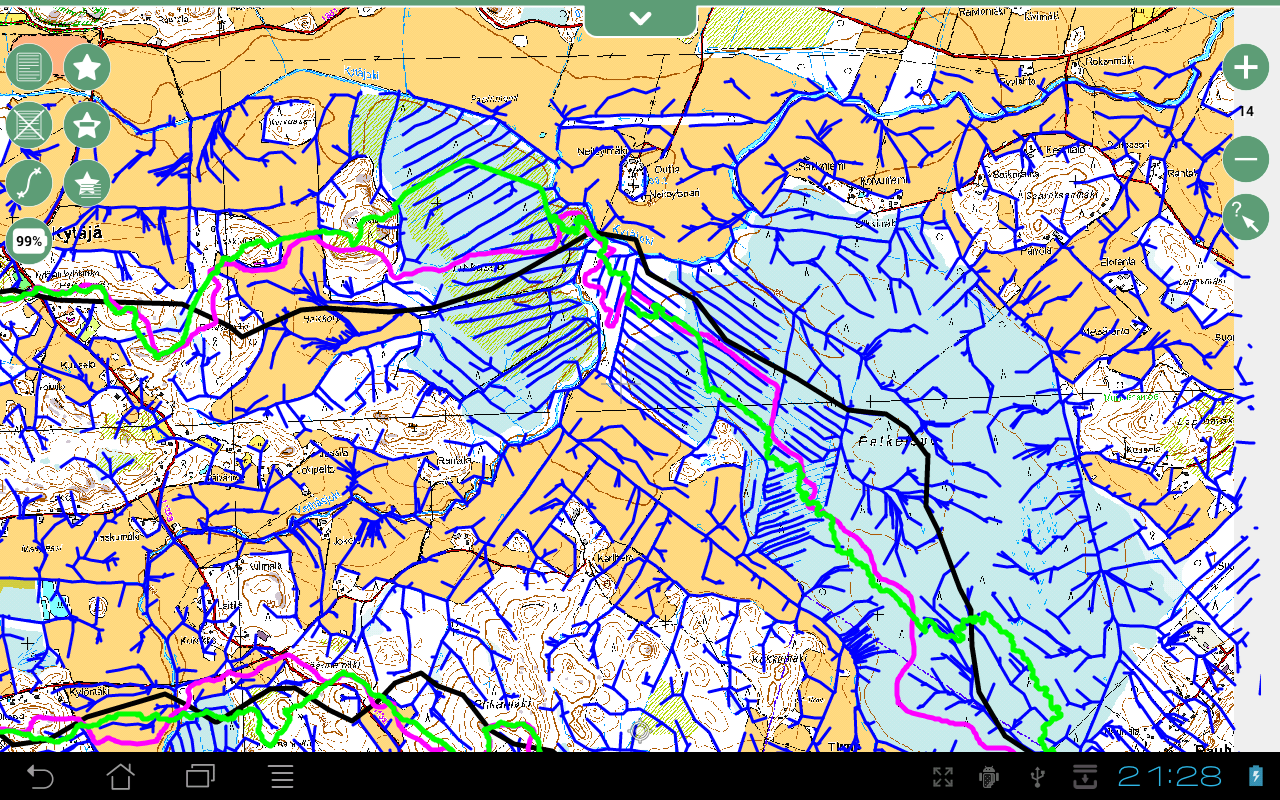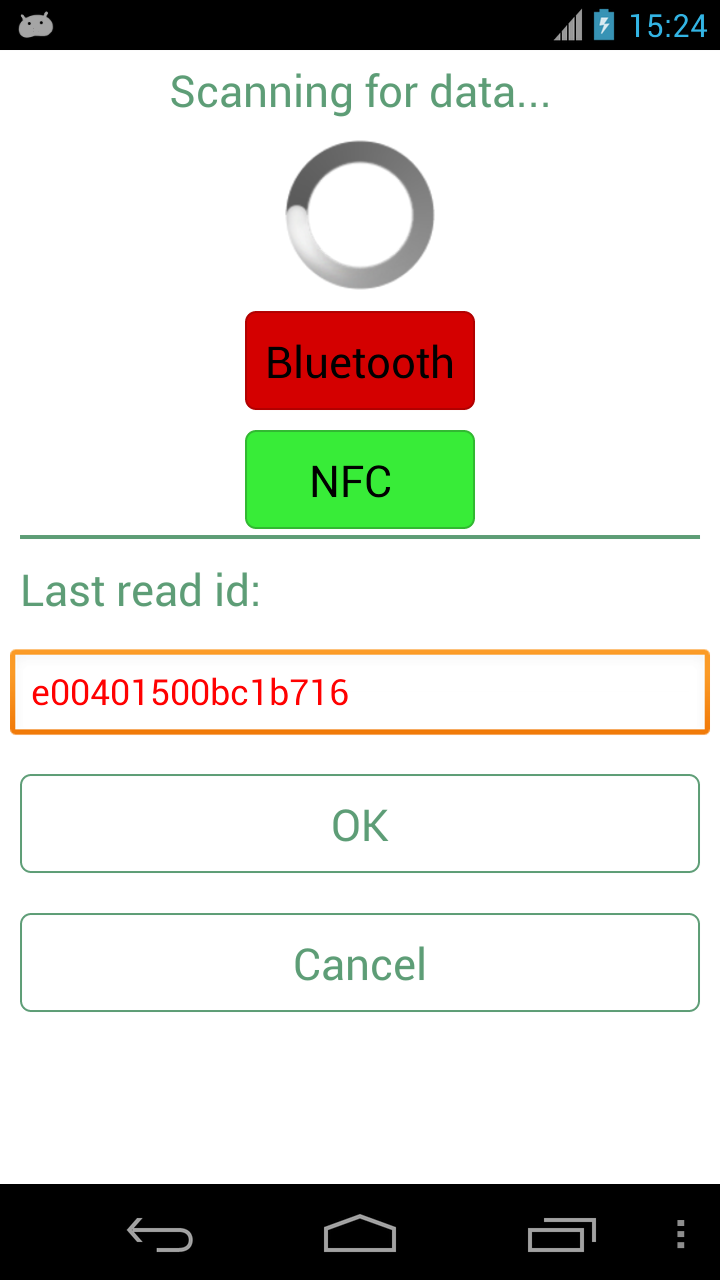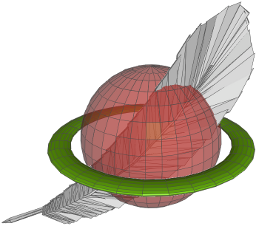- MrSID export ability available with Geographic Imager 4.1 -
Toronto, ON, January 7, - Avenza Systems Inc., producers of MAPublisher® cartographic software for Adobe Illustrator® and PDF Maps for Apple iOS and LizardTech, a provider of software solutions for managing and distributing geospatial content, today announced the integration of LizardTech® GeoExpress® 8.5 and the ability to produce MrSID format files into the latest release of Geographic Imager 4.1 for Adobe Photoshop.
LizardTech, based in Seattle, WA, specializes in developing the MrSID format, which handles high-resolution geospatial data. Previous versions of Geographic Imager have already provided read capability for raster and LiDAR MrSID via the integration of LizardTech MG4 Decode Software Development Kit (DSDK). With the current release, Avenza customers can take advantage of the ability to write to MrSID format directly from Adobe Photoshop provided they have the current version of LizardTech GeoExpress installed. This ability expands the number of supported file formats Geographic Imager can write and increases workflow options when working with high-resolution imagery.
“As the leading GIS vendor to support both viewing and writing of MrSID files in Adobe Photoshop, we're excited at the opportunity to partner with LizardTech to provide our users with access to MrSID technology,” said Ted Florence, President of Avenza. “With this integration, customers on both sides will be able to use MrSID images with the entire Geographic Imager toolset without compromise. The capability of tools in Geographic Imager and Adobe Photoshop with the ability to export to MrSID format is an invaluable workflow and shows how committed we are at bringing formats to the platform that may have never been thought possible.” he added.
Jon Skiffington, director of product management at LizardTech, notes, “We're thrilled at the opportunity to work with Avenza Systems to expand the reach of MrSID technology into viable platforms like Geographic Imager for Adobe Photoshop for the benefit of our mutual users.” Additionally, Jeff Young, business development manager at LizardTech, commented, “Collaboration with Avenza allows for more effective support of the Avenza/LizardTech world-wide user community with smoother workflows and more transparent data exchanges.
More information about MrSID support in Geographic Imager is available/geographic-imager/lizardtech-mrsid.
More about Geographic Imager for Adobe Photoshop
Geographic Imager is software for Adobe Photoshop that leverages the superior image editing capabilities of raster-based image editing software and transforms it into a powerful geospatial imagery editing tool. Work with satellite imagery, aerial photography, orthophotos, and DEMs in GeoTIFF and other major GIS image formats using Adobe Photoshop features such as transparencies, filters, and image adjustments while maintaining georeferencing and support for hundreds of coordinate systems and projections.
Geographic Imager 4.1 is immediately available free of charge to all Geographic Imager Maintenance Program members and at prices starting at US$319 for non-maintenance members. Academic and volume license pricing are also available. Geographic Imager 4.1 is available for Adobe Photoshop CS5, CS5.1 and CS6. LizardTech GeoExpress licenses and data cartridges are also available through Avenza Systems.
More about Avenza Systems Inc.
Avenza Systems Inc. is an award-winning, privately held corporation that provides cartographers and GIS professionals with powerful software tools for making better maps and for working with spatial imagery. In addition to software offerings for Mac, Windows and Apple mobile device users, Avenza offers value-added data sets, product training and consulting services.
More about LizardTech
Since 1992, LizardTech has delivered state-of-the-art software products for managing and distributing massive, high-resolution geospatial data such as aerial and satellite imagery and LiDAR data. LizardTech pioneered the MrSID technology, a powerful wavelet-based image encoder, viewer, and file format. LizardTech has offices in Seattle, Denver, London, and Tokyo.
Read More »





